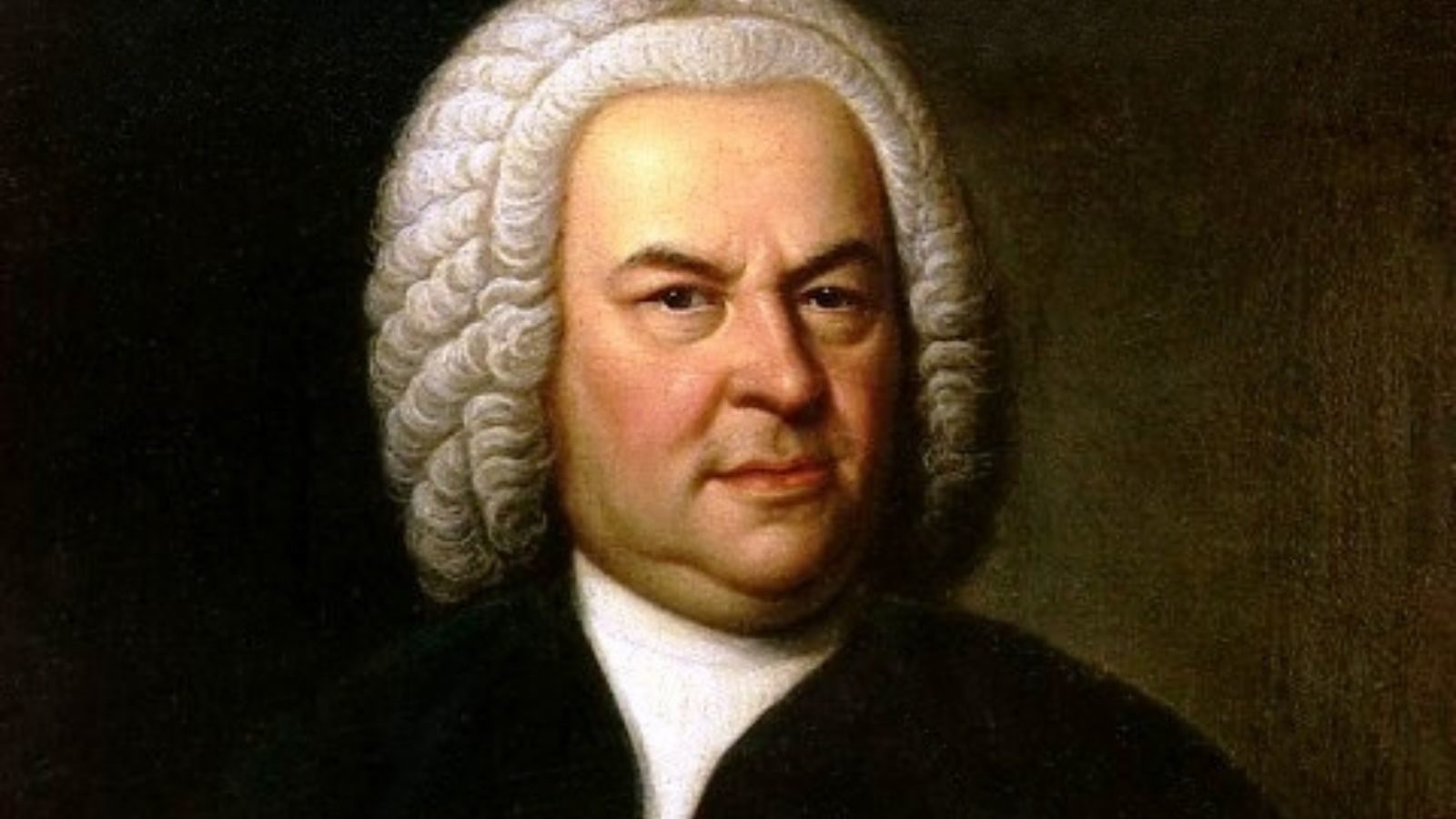What Instruments Did Bach Play?
Johann Sebastian Bach, revered as one of the greatest composers of all time, was not only a prolific creator of musical masterpieces but also a virtuoso performer on various instruments. While his compositions are celebrated worldwide, his instrumental prowess played a significant role in shaping his musical legacy. In this exploration, we delve into the diverse array of instruments that Bach mastered and the impact they had on his life and work.

Central to Bach's musical journey was the organ, an instrument that held a special place in his heart and career. Bach's connection with the organ was deeply rooted in his role as a church musician, where he served as an organist in various churches throughout his lifetime. His reputation as an organ virtuoso spread far and wide, and his organ compositions remain some of the most revered in the classical repertoire. From majestic preludes and fugues to intricate chorale settings, Bach's organ music showcases his technical brilliance and profound understanding of the instrument's capabilities.
What Instruments Did Bach Play?
In addition to the organ, Bach was also proficient on the violin, an instrument that he played with finesse and precision. As a young musician, Bach honed his skills as a violinist through rigorous practice and performance, eventually rising to prominence as a skilled concertmaster and orchestral leader. His compositions for the violin, including solo works, concertos, and chamber music, highlight his mastery of the instrument and his ability to craft melodies of exquisite beauty and depth.
Furthermore, Bach's expertise extended to the viola, a slightly larger and deeper instrument with a warm and rich tone. While Bach's solo output for the viola was limited, his understanding of string playing and harmony is evident in his compositions for string ensembles and orchestras. His mastery of the viola added depth and richness to the musical texture of his works, contributing to their enduring appeal and emotional resonance.
Bach's proficiency on keyboard instruments was legendary, encompassing a wide range of instruments such as the harpsichord, clavichord, and organ. The harpsichord, with its plucked strings and distinctive sound, was a staple of Baroque music, and Bach was among its most accomplished performers. His keyboard compositions, including the iconic "Well-Tempered Clavier" and numerous suites, fugues, and preludes, showcase his technical virtuosity and innovative approach to composition.
Similarly, Bach's mastery of the clavichord, a quieter and more intimate keyboard instrument, allowed him to explore nuances of touch and expression in his music. His performances on the clavichord were known for their sensitivity and depth, revealing new layers of meaning in his compositions.
Apart from his renowned proficiency on the organ, violin, and viola, Bach's musical talents extended to a variety of other instruments. One such instrument was the harpsichord, a precursor to the piano with plucked strings and a distinctively bright sound. Bach's mastery of the harpsichord was evident in his keyboard compositions, where he explored intricate counterpoint, dazzling ornamentation, and profound emotional depth. Pieces like the Goldberg Variations and the French and English Suites stand as testaments to Bach's virtuosity and innovation on the harpsichord.
If you are interested in learning music check out our Music Lessons in Tempe.
Additionally, Bach's skill on the clavichord, a quieter and more intimate keyboard instrument, allowed him to convey subtle nuances of expression and phrasing in his music. The clavichord's responsive touch enabled Bach to explore the delicate interplay of dynamics and articulation, creating performances of profound intimacy and introspection. Works such as the "Inventions and Sinfonias" and the "Partitas" exemplify Bach's mastery of the clavichord, with each note imbued with meaning and emotion.
Moreover, Bach was also proficient on the pedal harpsichord, a rare instrument that allowed him to combine the expressive capabilities of the keyboard with the majestic power of the organ's pedalboard. Bach's compositions for pedal harpsichord, including the famous "Toccata and Fugue in D minor," showcase his ability to exploit the instrument's vast tonal palette and virtuosic possibilities. His innovative use of pedal techniques and harmonic progressions laid the groundwork for future generations of organists and composers.
Furthermore, Bach's instrumental versatility extended to the lute, a plucked string instrument with a rich and resonant tone. While Bach's lute compositions are relatively few in number, they demonstrate his exceptional ability to adapt to different musical styles and idioms. Pieces like the "Suite in E minor for Lute" exemplify Bach's mastery of the instrument, with intricate melodies and intricate contrapuntal textures that showcase his unparalleled skill as a composer and performer.
In conclusion, Johann Sebastian Bach's instrumental repertoire encompassed a vast array of instruments, each contributing to his multifaceted musical persona. From the grandeur of the organ to the intimacy of the clavichord, and from the brilliance of the harpsichord to the resonance of the lute, Bach's mastery knew no bounds. His profound understanding of each instrument's capabilities, coupled with his unparalleled technical skill and creative vision, continue to inspire musicians and audiences alike, ensuring that his music remains a cornerstone of the classical repertoire for generations to come.
If you like this check out our article: Should I Learn Jazz or Classical Piano?
